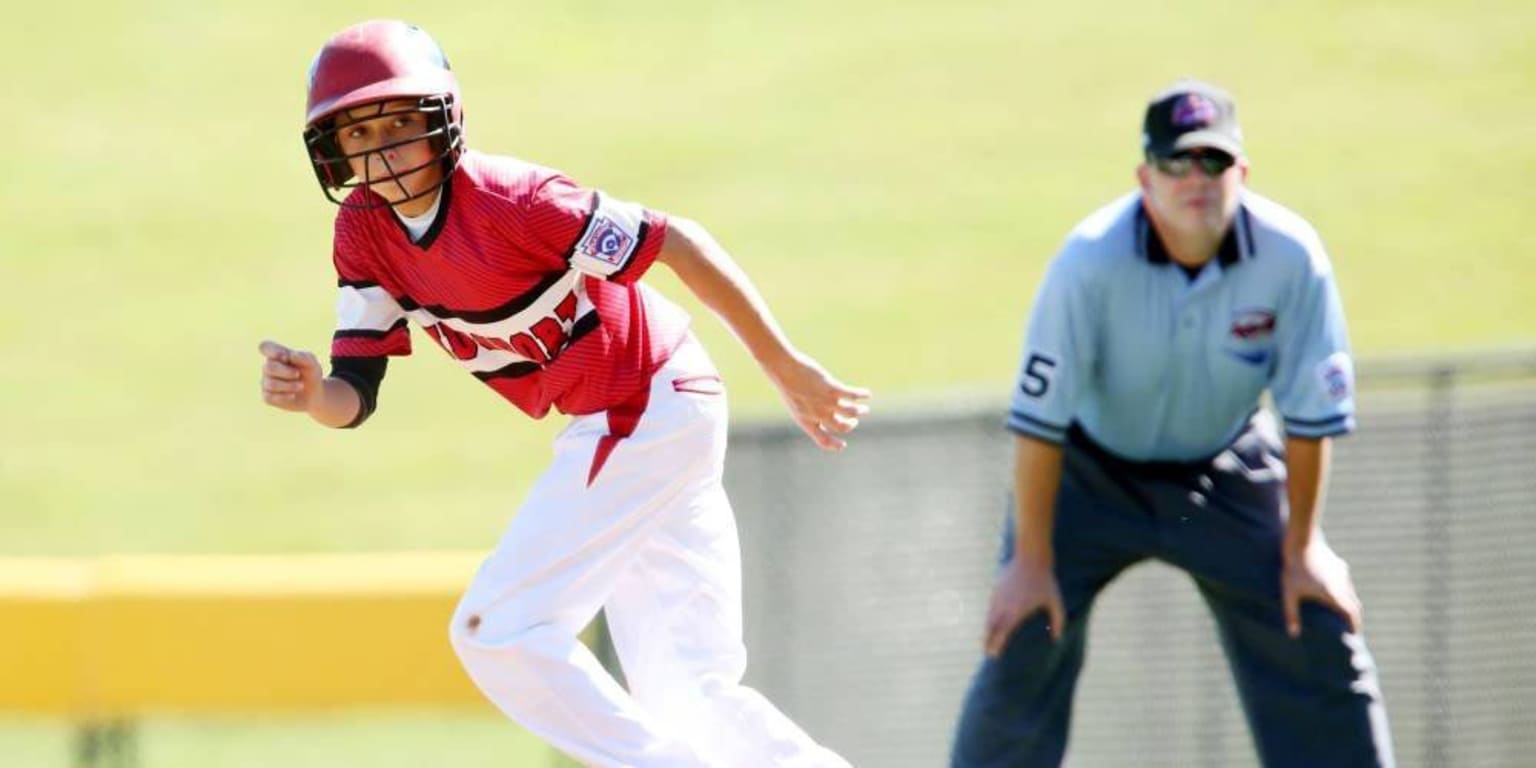
This month, we will explain and define whether a base runner may advance when the infield fly rule is in effect. The situation described below is applicable in all divisions of Little League Baseball® and Little League Softball®.
Situation
In the bottom of third inning, with one out and base runners on first and second, the batter hits a high fly ball to shallow right field, prompting the home plate umpire to impose the infield fly rule. The first baseman backpedals a few steps to field the ball, but the ball drops behind him. Noticing the ball was not caught, the runner on second base sprints off of the bag and safely reaches third base. With the play over, the Manager of the defensive team calls for “time” and approaches the home plate umpire. The Manager claimed that since the infield fly rule was invoked, that the base runners are not allowed to advance if the ball is not caught.
Explanation
By Little League® definition, the infield fly rule is a fair ball (not including a line drive nor attempted bunt) which can be caught by an infielder with ordinary effort, when first and second; or first, second, and third bases are occupied, before two are out. The pitcher, catcher, and any outfielder stationed in the infield on the play shall be considered infielders for the purpose of this rule.
An infield fly is no different than any other fly ball in regard to the runners. The only difference is that they are never forced to advance because the batter is out whether the ball is caught, or not. Runners may advance without tagging up. Also note that the infield dirt and the outfield grass do not form a boundary line for infield fly purposes.
Rules 2.00, 6.05 (d) and 7.10 (a): A batter is out when – Infield Fly is declared; and 7.10 (a): The Runner; any runner shall be called out, on appeal, when after a fly ball is caught, the runner fails to retouch the base before said runner or the base is tagged.